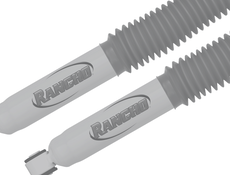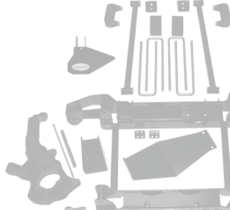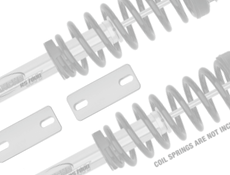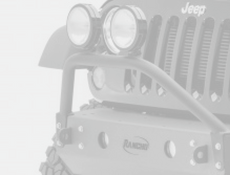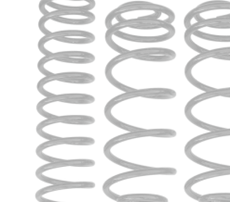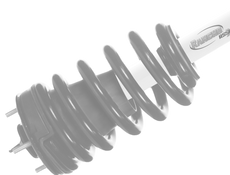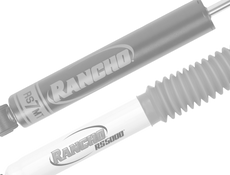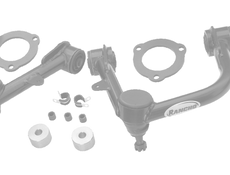How to Prime Shocks and Struts

IMPORTANT STEP
Rancho® performance shocks and struts are designed to function in a vertical position. However, before they are installed, shocks and struts typically rest on their sides during shipping and storage. Read on to learn why priming shocks and struts prior to installation is important to ensure optimal performance.
ISSUE
Occasionally, a shock or strut may not perform as expected right out of the box, causing it to be misdiagnosed as damaged. When shocks are stored on their sides, it can cause the gas charging within a shock or strut to mix with the hydraulic fluid causing the damping characteristics to be erratic. This irregular performance can result in the unit appearing to be defective. This is normal and not a defect with the shock.
SOLUTION
Priming a shock or strut before installing it should resolve the issue. The priming process takes the gas from the working chamber and moves it back into the reservoir. By priming shocks and struts prior to installation, you’ll avoid noise issues and loss of performance.

HOW TO PRIME A SHOCK STRUT
To prime or check rod reaction on shocks or struts, follow these steps:
- Make sure the unit is at room temperature
- Cycle the unit from full extension to full compression two to three times with the rod facing up.
Fully compress the unit and allow the rod to extend on its own. This should require less than 45 seconds on a unit with normal gas pressure and up to two minutes for a low gas unit. (Avoid using excessive force to compress the unit – it could damage the valving.)
Once the unit is primed, there should be no lag in control or dead spots while cycling the unit through its complete stroke. If the unit fully extends to these specs, it is considered fully functional and is ready to be installed.
NOTES
Non-gas units won’t extend, and it’s not uncommon for the same unit to extend at different speeds until they’re broken in. This process is only for twin-tube shocks; monotube shocks don’t need to be primed due to their single-tube construction that come with a high-pressure nitrogen gas charge.
Rancho® RS9000®XL shocks come compressed; you have to turn the shock rod to "unlock" it and then twist the shock rod up to extend it.

Learn more about performance shocks, find your performance suspension part, or find where to buy your shock or suspension part today.
The content in this article is for informational purposes only. You should consult with a certified technician or mechanic if you have questions relating to any of the topics covered herein. Tenneco will not be liable for any loss or damage caused by your reliance on any content.
